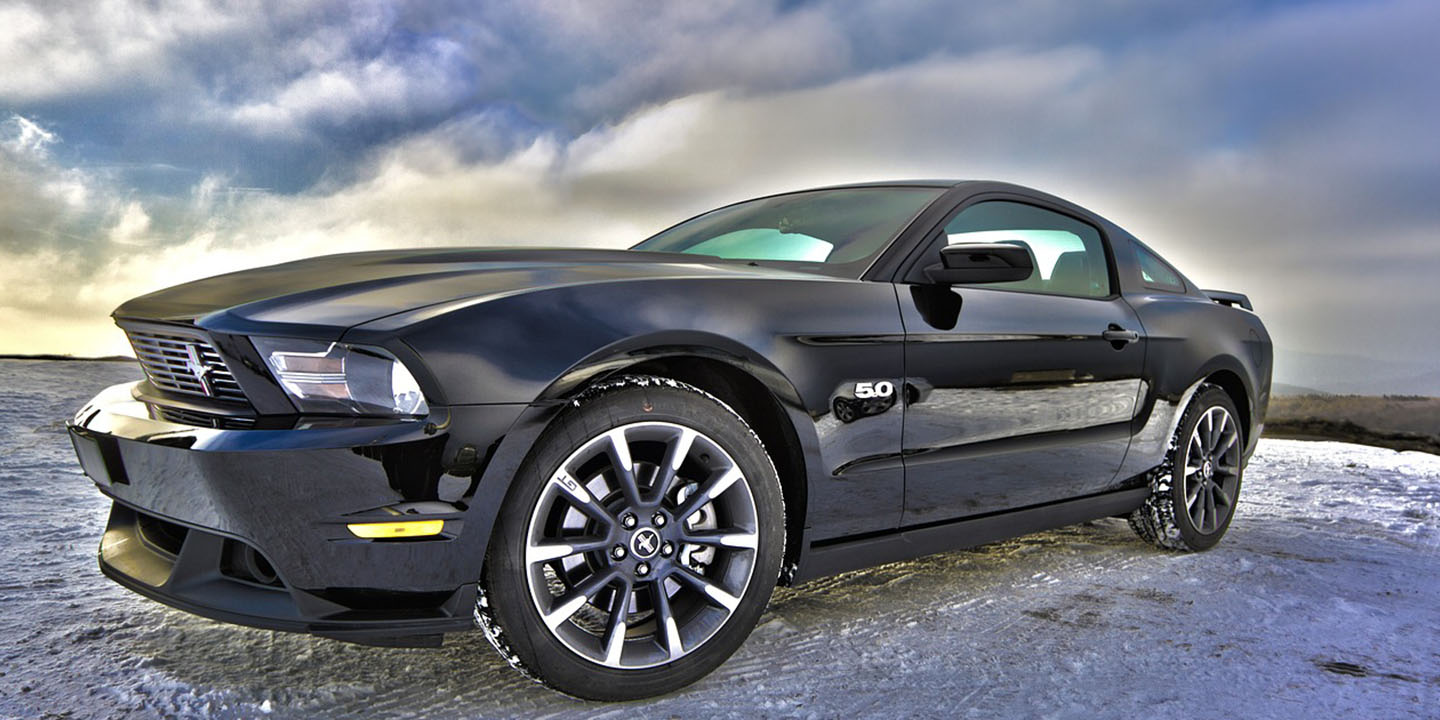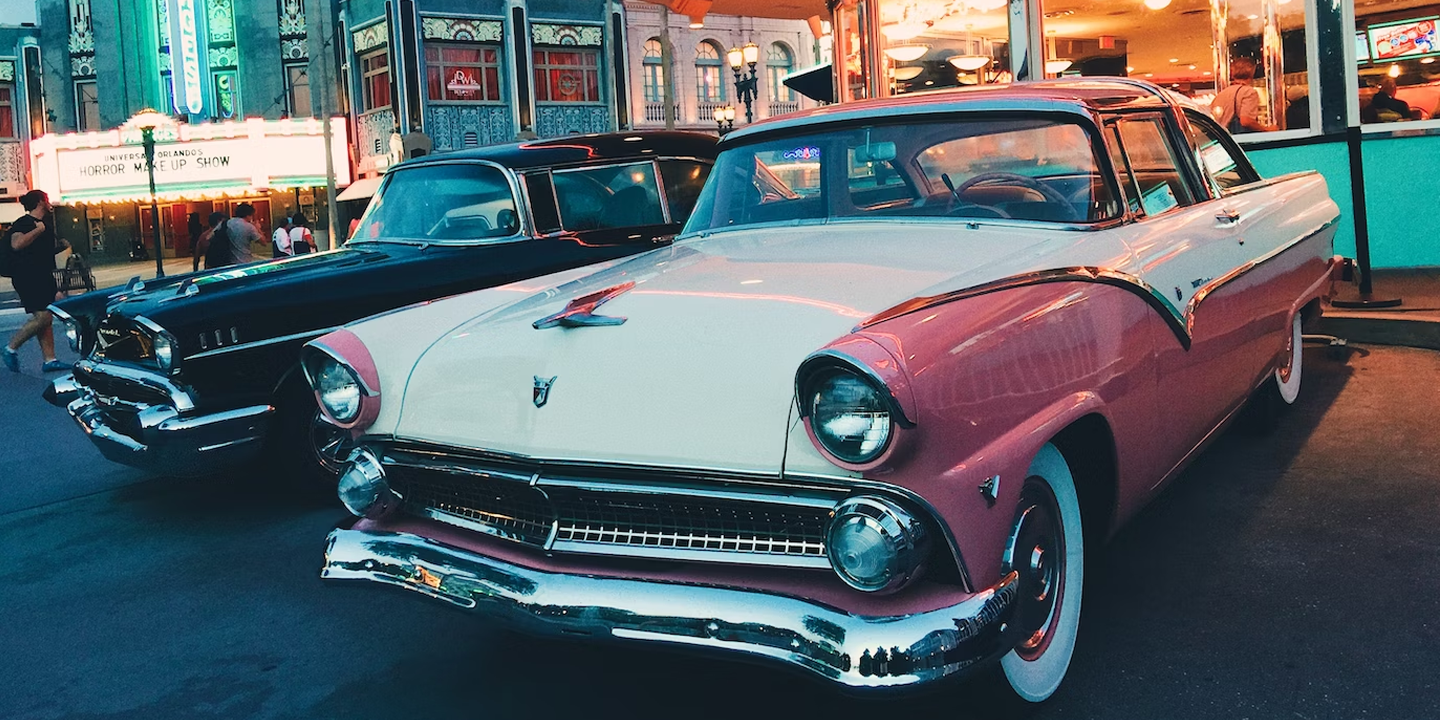A Legacy Of Highs And Hiccups
Ford has built icons, flops, and everything in between. One decade, it’s dropping a muscle car that ends up on bedroom posters. Next, it’s introducing something that looks like it lost a bet. That’s part of the charm, as it’s a wild mix of genius and “what were they thinking?” So, first, here are the ten worst revelations by Ford that probably should’ve stayed on the drawing board.
1. Ford Edsel (1958–1960)
Hyped as the future of motoring, the Edsel became Ford’s most notorious embarrassment. Everything about it felt off—from the oddly horse-collar grille to its awkward name, which sounded more like a tractor brand than a family car. To this day, “Edsel” remains a shorthand for automotive disaster.
2. Ford Pinto (1971–1980)
Pinto started out with a promise. But behind that smiley front grille lurked a design flaw that couldn’t be forgiven: its fuel tank placement made rear-end collisions potentially deadly. What made things worse was Ford’s reluctance to address the issue swiftly.
3. Ford Bronco II (1984–1990)
Based on the Ranger platform, the Ford Bronco II handled like it had two left feet. You’d feel every wobble around corners, and a quick swerve might just tip the whole thing over. Drivers hoping for an adventurous little 4x4 were instead handed lawsuits and safety concerns.
 dave_7 from Lethbridge, Canada on Wikimedia
dave_7 from Lethbridge, Canada on Wikimedia
4. Ford Mustang II (1974–1978)
Muscle car fans braced for impact when the Mustang II showed up wearing the skin of a shrunken, safety-conscious cruiser. Designed during the oil crisis, it prioritized mileage and emissions, which made sense on paper but failed in the hearts of enthusiasts.
 order_242 from Chile on Wikimedia
order_242 from Chile on Wikimedia
5. Ford Five Hundred (2005–2007)
With a name that sounded more like a NASCAR event than a car model and styling that could lull you to sleep, Ford Five Hundred quietly faded into the background. It was the kind of sedan you’d rent at the airport and forget ten minutes later.
6. Ford Probe (1989–1997)
Originally intended to replace the Mustang, the Probe didn’t sit well with purists. Designed in partnership with Mazda, it looked sleek but lacked the muscle car character fans craved. Critics questioned its front-wheel-drive layout, and it never captured the imagination like Ford had hoped.
 order_242 from Chile on Wikimedia
order_242 from Chile on Wikimedia
7. Ford EcoSport (2018–2022)
Ford brought the EcoSport over from international markets, hoping it could ride the subcompact SUV wave. However, what worked abroad didn’t translate well on American roads. The interior felt plasticky, and the barn-door-style rear hatch raised eyebrows for all the wrong reasons.
8. Ford Festiva (1986–1993)
Designed by Mazda, sold by Ford, and built in South Korea—the Festiva was a global mashup with a basic mission: cheap wheels. Inside, it felt like a step up from a go-kart. It lives on today, mostly in tales of “first cars” and Craigslist listings.
9. Ford Aspire (1994–1997)
You’d think the Aspire would try to be more than its predecessor. Instead, it simply aspired to mediocrity. It was a car you bought when you had no better options and gave away the second you did. Even Ford didn’t seem all that confident in it, rarely advertising or upgrading the model.
10. Ford Scorpio (1985–1989)
Ford brought over the Scorpio from Europe under its short-lived Merkur brand, hoping American buyers would warm up to German luxury at a Ford price. They didn’t. The car looked too plain, cost too much, and came with a badge no one could pronounce.
Now, let’s take a look at ten that absolutely earned their fan club status.
1. Ford Mustang (1964–Present)
This car on the list was fast, affordable, and looked like nothing else on the road. Suddenly, anyone could drive something that felt like a sports car without needing a racecar driver’s paycheck. Movie cameos and racing victories only added to its legend.
2. Ford Model T (1908–1927)
Before the Model T, cars were toys for the wealthy. After it? Everyone could drive one. Ford’s Model T could be fixed with a wrench and some baling wire. It brought mobility to millions and turned America into a nation of drivers.
 Bernard Spragg. NZ from Christchurch, New Zealand on Wikimedia
Bernard Spragg. NZ from Christchurch, New Zealand on Wikimedia
3. Ford Focus (1998–2018)
Compact cars often get overlooked, but the Focus made sure it stood out. With crisp handling and edgy styling, it made the drive fun. Ford dialed in its chassis to feel planted and responsive, something rivals often lacked.
 Kieran White from Manchester, England on Wikimedia
Kieran White from Manchester, England on Wikimedia
4. Ford Fiesta (1976–2019)
The Fiesta earned love for being more than just a commuter pod. Zippy around town and easy to park, it had a cheerful spirit that drivers appreciated. Later versions, especially the ones tuned for performance, brought surprising excitement to the subcompact segment.
 Charlie from United Kingdom on Wikimedia
Charlie from United Kingdom on Wikimedia
5. Ford Taurus (1986–2019)
When the Taurus arrived, it looked like a spaceship compared to its boxy rivals. Curved lines, flush glass, and aerodynamic thinking helped it redefine the American sedan. Besides, law enforcement gave it a second life with interceptor versions.
6. Ford Explorer (1991–Present)
Derived from the Ford Ranger platform, the Explorer featured body-on-frame construction and offered optional four-wheel drive. The Explorer quickly replaced the station wagon in many households with seating for up to seven and a high driving position.
7. Ford Thunderbird (1955–2005)
Over the decades, the Thunderbird morphed into a larger, cushier cruiser, but it always stayed true to its mission: to make driving feel like a special event. Even the retro revival in the early 2000s found fans who appreciated its nod to the past.
8. Ford Escort (1968–2003)
One of Ford’s first successful world cars, the Escort, had parallel development paths in Europe and North America. U.S. models debuted in 1981 with front-wheel drive and fuel-injected four-cylinder engines. Over time, it became a favorite among first-time drivers and commuters.
9. Ford GT (2005–2006, 2016–2022)
Developed to honor the GT40’s 1966 Le Mans victory, the 2005 GT featured an aluminum space frame and a mid-mounted supercharged V8. Built in low numbers, it was hand-assembled with components from suppliers like Roush and Ricardo.
10. Ford Maverick (2022–Present)
This compact, unibody pickup returned the Maverick name to Ford’s lineup with a surprising twist—it’s built like a car but works like a truck. Easy to drive and versatile, it’s earned a fan base among urban drivers and first-time pickup owners who want utility without the bulk.






















